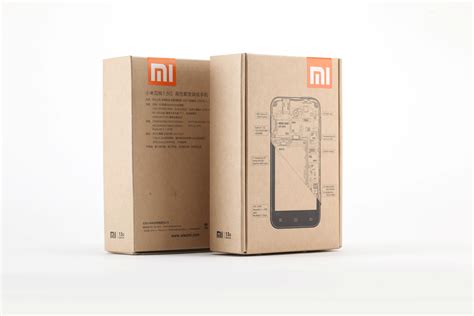How to Spot Counterfeit Xiaomi Smartphones: A Comprehensive Guide
Xiaomi smartphones are known for their sleek design, powerful performance, and affordable prices. However, their popularity has also led to a surge in counterfeit devices flooding the market. If you’re looking to buy a Xiaomi smartphone, it’s crucial to be aware of these fake devices and how to spot them.
This comprehensive guide will equip you with the knowledge to identify counterfeit Xiaomi smartphones, ensuring you invest in an authentic and reliable device. We’ll cover various aspects, including examining the phone’s physical appearance, software features, and even verifying its authenticity.
By the end of this article, you’ll be able to confidently navigate the world of Xiaomi smartphones and avoid falling prey to counterfeit products.
How to Spot a Fake Xiaomi Smartphone: What are the telltale signs?
Counterfeit Xiaomi smartphones are often designed to mimic the genuine article closely, making it challenging to discern the difference. However, there are several telltale signs to look out for, which can help you identify a fake device:
1. Check the Packaging and Accessories
The packaging and accessories are often the first giveaway of a counterfeit Xiaomi smartphone. The packaging should be immaculate, free from any spelling errors or misaligned printing. Here’s what to inspect:
- Packaging: The packaging should be consistent with the official Xiaomi design, including the brand logo, model name, and relevant information.
- Charger and Cable: The charger and cable should be Xiaomi branded, and the power adapter should bear the appropriate safety certifications.
- Earphones: The earphones included should be of high quality and bear the Xiaomi brand logo.
- SIM Card Ejector Tool: The SIM card ejector tool should be included and feature the Xiaomi brand logo.
If you notice any discrepancies in the packaging or accessories, it’s a red flag that the phone might be a counterfeit.
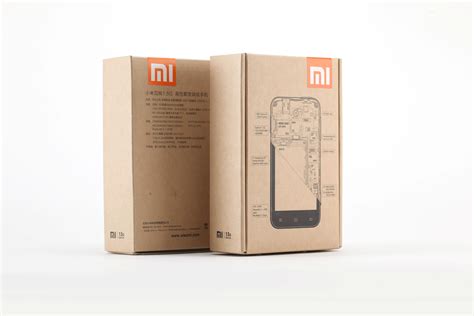
What are the differences between original Xiaomi smartphones and fake ones?
While counterfeit Xiaomi smartphones are designed to look convincingly genuine, there are specific differences to look for, especially in the phone’s physical features and software:
1. Inspect the Phone’s Physical Appearance
Closely examine the phone’s exterior for any inconsistencies or imperfections. Counterfeit manufacturers often cut corners in their construction, leading to noticeable flaws:
- Build Quality: Genuine Xiaomi smartphones have a robust build quality with smooth edges and tight tolerances. Counterfeits might feel flimsy, have uneven gaps between components, or have a loose button.
- Camera Lens: The camera lens on a genuine Xiaomi smartphone is typically made of high-quality glass and has a smooth, uniform finish. Counterfeits might have a blurry or scratched lens.
- Screen: The display on a genuine Xiaomi smartphone is usually crisp and vibrant. Counterfeits may have a dull or blurry display with uneven brightness or poor color accuracy.
- Ports and Buttons: Ensure that the phone’s ports and buttons are aligned properly and function smoothly. Counterfeits might have misaligned ports or buttons that feel loose or unresponsive.
If you observe any of these issues, it could be a sign that the phone is a counterfeit.
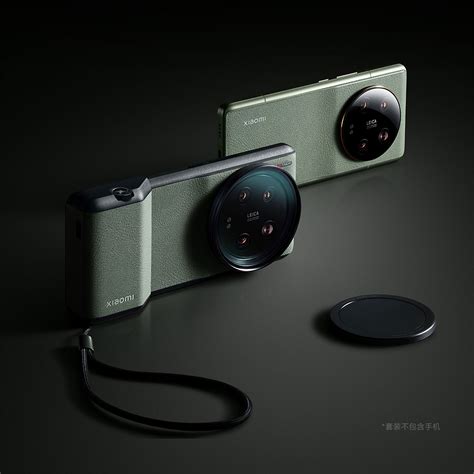
How can I check if a Xiaomi smartphone is real or fake?
In addition to the physical inspection, several methods can help you verify a Xiaomi smartphone’s authenticity.
1. Check the IMEI Number
The IMEI (International Mobile Equipment Identity) number is a unique identifier for every mobile phone. You can check the IMEI number on the phone’s packaging, settings, or by dialing *#06# on the phone’s keypad. You can then cross-reference the IMEI number on Xiaomi’s official website or on third-party websites to verify the phone’s authenticity. If the IMEI number is not found in their database, it could indicate that the phone is counterfeit.
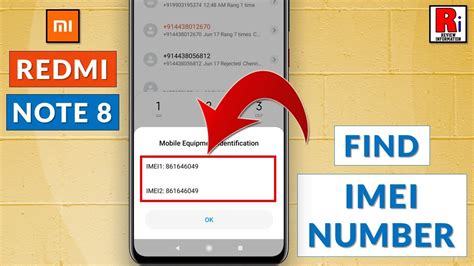
What are some other things to check to make sure it’s a real Xiaomi phone?
Aside from the physical and software aspects, there are additional checks you can perform to determine the authenticity of a Xiaomi smartphone.
1. Look for the Xiaomi Brand Logo
All genuine Xiaomi smartphones prominently display the Xiaomi brand logo on the back of the phone, usually below the camera module. The logo should be clear, well-defined, and properly aligned. If the logo is blurry, distorted, or misaligned, it could be a sign of a counterfeit.
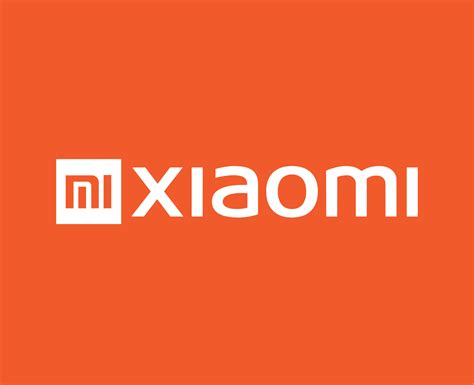
What are some red flags to look out for when buying a Xiaomi phone?
When purchasing a Xiaomi smartphone, be mindful of these red flags that could indicate a counterfeit:
1. Unusually Low Prices
If the price of a Xiaomi smartphone seems too good to be true, it probably is. Counterfeiters often sell their fake devices at significantly lower prices to entice buyers. Be cautious of deals that are too good to be true and always compare prices from reputable retailers.
2. Unfamiliar Sellers
Avoid buying from sellers you are unfamiliar with or lack credibility. Stick to reputable online retailers like Amazon, eBay, or Flipkart, and ensure the seller has positive customer reviews and a good reputation.
3. Seller Refuses to Show the IMEI Number
A legitimate seller should have no problem providing the IMEI number of the phone. If the seller refuses to share the IMEI number or seems hesitant, it could be a sign of a counterfeit.
How can I avoid buying a fake Xiaomi phone?
By following these tips, you can significantly reduce the risk of buying a counterfeit Xiaomi smartphone:
1. Buy from Reputable Retailers
Always purchase your Xiaomi smartphone from authorized retailers or official Xiaomi stores. This ensures that you’re getting a genuine device with a warranty and after-sales support.
2. Verify the Seller’s Credentials
Before purchasing from an online retailer, check their reviews, ratings, and return policies. Look for sellers with positive feedback and a solid reputation.
3. Inspect the Phone Carefully
Always thoroughly inspect the phone before purchasing it. Pay attention to the packaging, accessories, physical appearance, and software features. If you notice any inconsistencies, it’s best to steer clear.
4. Check the IMEI Number
Always verify the phone’s IMEI number on Xiaomi’s official website or through third-party services. If the IMEI number does not match, it’s likely a counterfeit.
5. Be Cautious of Too-Good-to-Be-True Deals
If the price of a Xiaomi smartphone is significantly lower than the market average, it could be a counterfeit. Be wary of deals that seem too good to be true.
What to do if you suspect you have a fake Xiaomi phone?
If you suspect that you have purchased a counterfeit Xiaomi smartphone, there are several things you can do:
1. Contact the Seller
Reach out to the seller and inform them of your suspicions. They may be willing to provide a refund or replacement.
2. Report the Seller to the Online Platform
If you bought the phone from an online marketplace like Amazon or eBay, report the seller to the platform. This will help protect other buyers from falling victim to scams.
3. Seek Legal Advice
In some cases, you may want to seek legal advice if you believe that you’ve been scammed. A lawyer can help you determine your rights and options.
What are the risks of buying a counterfeit Xiaomi phone?
Buying a counterfeit Xiaomi smartphone comes with several risks, including:
1. Poor Performance and Quality
Counterfeit phones often use inferior components, resulting in poor performance, inconsistent battery life, and a lower-quality display. This can lead to frustration and disappointment.
2. Security Vulnerabilities
Fake Xiaomi smartphones may have security vulnerabilities that expose your personal data to hackers. This can lead to identity theft, financial loss, and other security risks.
3. Lack of Warranty and Support
Counterfeit phones do not come with a warranty from Xiaomi. If something goes wrong with the phone, you’ll be stuck with a broken device without any recourse.
4. Legal Issues
In some countries, buying or selling counterfeit goods is illegal and can result in fines or even imprisonment.
Conclusion
Spotting counterfeit Xiaomi smartphones can be challenging, but by being vigilant and following the tips outlined in this guide, you can significantly reduce the risk of buying a fake device. Always prioritize buying from reputable retailers, inspecting the phone carefully, and verifying its authenticity. By taking these precautions, you can ensure that you invest in a genuine Xiaomi smartphone that meets your expectations and provides a safe and reliable experience.
FAQ
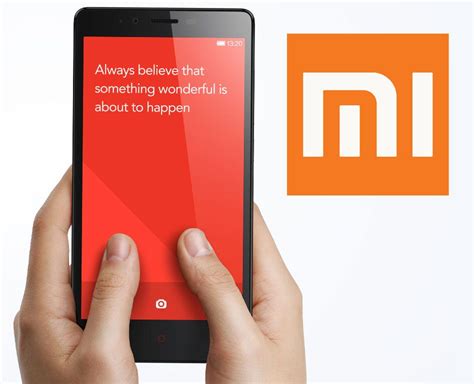
What if the Xiaomi phone I bought is fake?
If you believe you’ve purchased a counterfeit Xiaomi smartphone, it’s crucial to take action. Contact the seller and inform them of your suspicions. They may offer a refund or replacement. If not, you can report the seller to the online platform where you bought the phone. Additionally, consider seeking legal advice if you believe you’ve been scammed.
What are the consequences of using a fake Xiaomi phone?
Using a counterfeit Xiaomi smartphone can lead to several risks, including poor performance, security vulnerabilities, lack of warranty, and legal issues. The phone may have inferior components, leading to a substandard user experience. Moreover, fake phones often have security vulnerabilities that expose your data to hackers. Additionally, you won’t have access to Xiaomi’s warranty or support if you encounter any problems. Finally, buying or selling counterfeit goods is illegal in some countries, which can result in penalties.
Where can I buy a genuine Xiaomi phone?
To ensure you’re purchasing a genuine Xiaomi smartphone, it’s best to buy from authorized retailers or official Xiaomi stores. These outlets offer genuine devices with warranties and after-sales support. You can also check for reputable online retailers with positive reviews and a good reputation.
What are the most common counterfeit Xiaomi phone models?
Counterfeiters often target popular Xiaomi phone models, such as the Redmi Note series, Xiaomi Mi series, and Poco series. These models are highly sought after due to their affordability and performance. Therefore, be extra cautious when purchasing these models and double-check the authenticity before making a purchase.
What are the best ways to check the authenticity of a Xiaomi phone?
To verify a Xiaomi phone’s authenticity, you can check the IMEI number on the phone’s packaging, settings, or by dialing *#06# on the phone’s keypad. You can then cross-reference the IMEI number on Xiaomi’s official website or on third-party websites. Additionally, inspect the phone’s physical appearance for any inconsistencies or flaws, such as a flimsy build quality, blurry camera lens, or misaligned ports. Pay attention to the software features and make sure they match the genuine Xiaomi experience.
Can I return a fake Xiaomi phone to the seller?
You may be able to return a fake Xiaomi phone to the seller, depending on their return policy. However, it’s important to note that some sellers may not accept returns for counterfeit items. It’s essential to thoroughly review the seller’s return policy and ensure you have a valid reason for returning the phone. Additionally, you may need to provide proof that the phone is a counterfeit, such as a verification from Xiaomi or a third-party service.
What are the benefits of buying a genuine Xiaomi phone?
Buying a genuine Xiaomi phone offers several benefits, including excellent performance, reliable battery life, a high-quality display, access to Xiaomi’s warranty and support, and peace of mind knowing you’re using a secure and authentic device. You’ll also enjoy the full features and functionalities of the phone, as well as updates and software support directly from Xiaomi.
Summary Table
| Feature | Original Xiaomi Phone | Counterfeit Xiaomi Phone |
|---|---|---|
| Packaging | Immaculate, consistent with official Xiaomi design | May have spelling errors, misaligned printing, or generic packaging |
| Accessories | Xiaomi branded charger, cable, earphones, SIM card ejector tool | May have generic or unbranded accessories |
| Build Quality | Robust, with smooth edges and tight tolerances | Flimsy, uneven gaps, loose buttons |
| Camera Lens | High-quality glass, smooth and uniform finish | Blurry or scratched lens |
| Screen | Crisp, vibrant, consistent brightness and color accuracy | Dull, blurry, uneven brightness, poor color accuracy |
| Ports and Buttons | Aligned properly, function smoothly | Misaligned ports, loose or unresponsive buttons |
| IMEI Number | Valid and verifiable on Xiaomi’s official website | Invalid or does not match the phone |
| Brand Logo | Prominent, clear, well-defined, and properly aligned | Blurry, distorted, or misaligned |
| Price | Market price, competitive with other brands | Unusually low price, too good to be true |
| Seller | Reputable, authorized retailers or Xiaomi stores | Unfamiliar, lack of credibility, no positive customer reviews |
| Performance | Smooth and responsive, high-quality components | Laggy, slow, inferior components |
| Security | Secure, regular updates and security patches | Vulnerable to hacking, outdated software |
| Warranty | Covered by Xiaomi’s warranty | No warranty, no support |
| Legality | Legal to buy and sell | Illegal in some countries |

